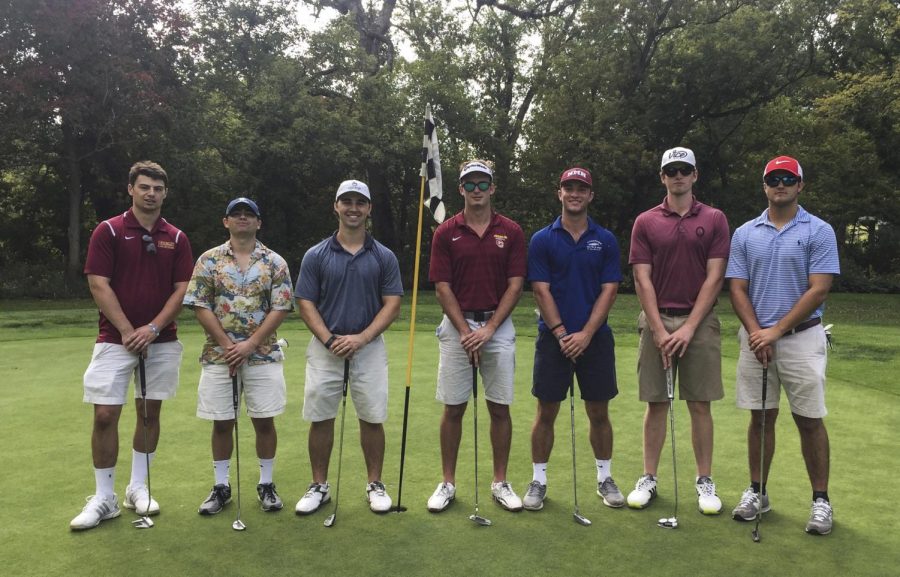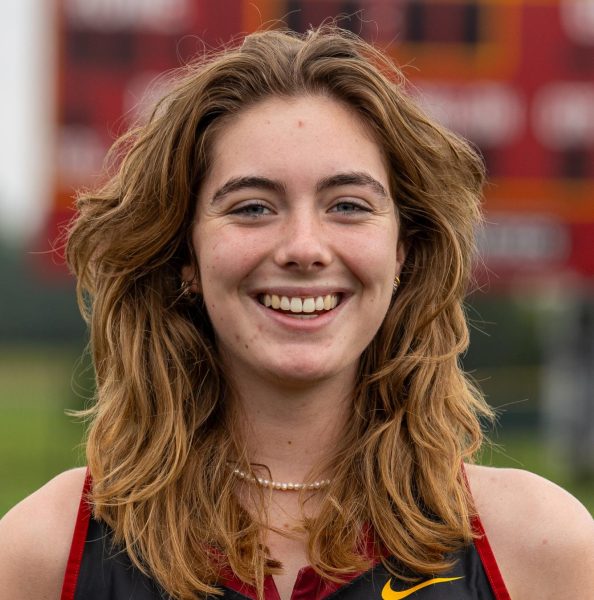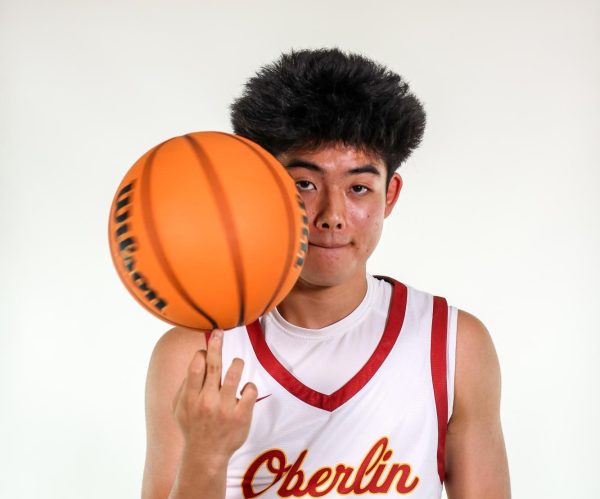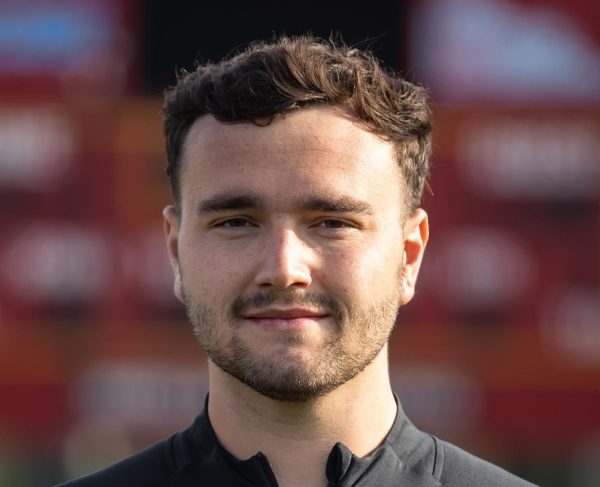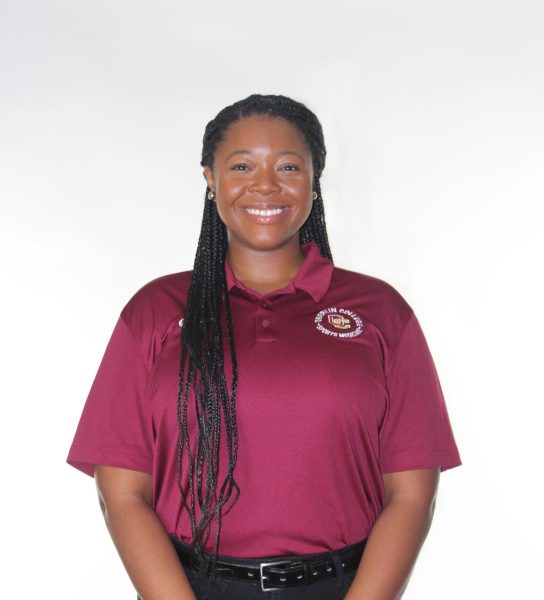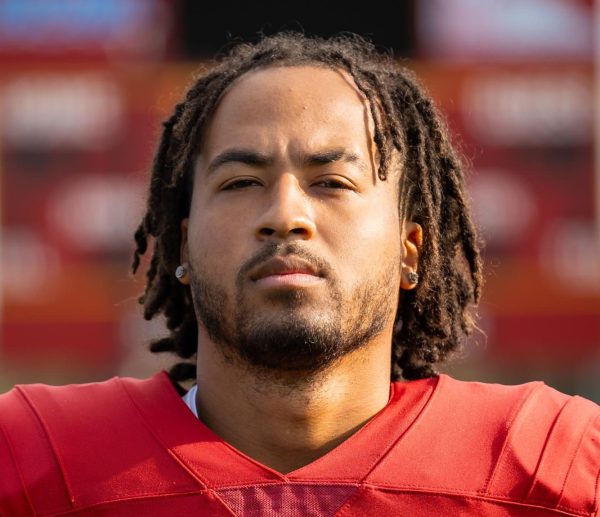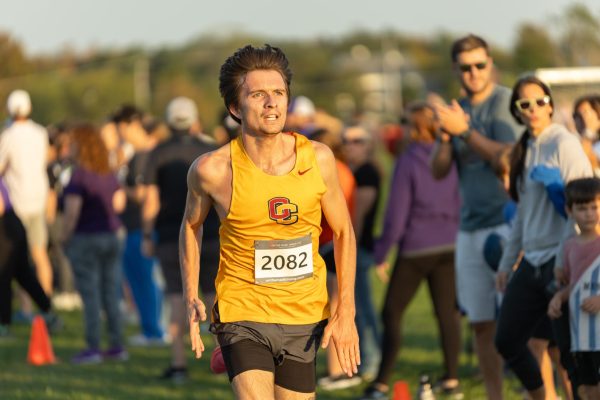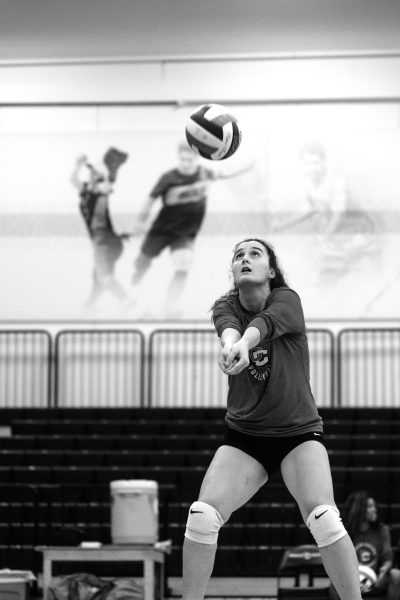In The Locker Room with John Sutherland and Jay Messina, Club Golf Founders
Photo courtesy of John Sutherland
Club Golf Team
Just before College senior John Sutherland arrived at Oberlin College in fall 2014, the College dropped its golf program due to a lack of participation. However, when Sutherland was a sophomore, lacrosse teammate Jay Messina, then a first-year, joined him on the links. The two founded club golf and have recruited others to join in the years since. The team currently is made up of over 20 students, many of whom come from the varsity lacrosse and baseball teams — but the team is also made up of swimmers and students who do not play a varsity sport at all. Members of the team regularly golf in the fall and spring at Forest Hills Golf Course in Elyria.
This interview has been edited for length and clarity.
How did you two found the club golf team?
John Sutherland: Two years ago, [Jay] was a [first-year] and I was a sophomore, and we were kind of going out on our own. There was no golf program, so we just decided to start it. We went and contacted the Office of Club Sports.
Jay Messina: We had to write up a whole charter. When we got [to] campus, we both were on the lacrosse team, and golf is something that we both like to do. We went out a bunch and wanted to create something more than just us two going out. Now we’re up to about 20 members or so.
Who joins the golf team?
JM: At the beginning of the year, there’s an activities fair. Every year we go out there and recruit the general public, but a lot of it too is word-of-mouth with friends and teammates. A lot of teammates play.
JS: Especially with kids who are younger than us and come in as golfers — they hear it from their friends or teammates. Then sometimes people will see us with the clubs or see us in the polo shirts and inquire about the program. We get them involved through that.
JM: It’s on GoYeo on the Club Sports Report, too. There are pictures and some descriptions of our outings. We went to a tournament this past weekend, so we publicized that.
What does a season look like for you?
JM: We play in a tournament every season, but it’s really weather-dependent. We try to go out at least twice a week, sometimes three. A few months into the semester there’s usually a tournament, and then we’ll wind up and do a few rounds after that too where we kind of just compete on our own.
Lacrosse and golf are two very different sports that require different skills. Are there any skills that are shared between both sports? How does playing lacrosse make you a better golfer and vise-versa?
JS: Golf is pretty mental I would say, and you have to maintain focus. I would say it’s very similar with lacrosse. Both are games with peaks and valleys. Sometimes in lacrosse, you’ll lose the ball or something early or make a bad play, and you have to stay focused and have a short memory and bounce back. In golf, sometimes you’ll drop a snowman on a hole — that’s an eight — and then you’ll have to bounce back on the next hole. I would say maintaining focus and positivity carries over [from lacrosse to golf].
JM: I would even say teamwork, too. In lacrosse, you’re physically working with other guys, but in golf we’ll go out in foursomes and support each other and give each other tips — motivating each other.
JS: Helping each other read putts and stuff like that.
Golf is a nice change of pace from lacrosse, and because it’s a club sport, it’s a lot more laidback. What are your favorite parts of golf? What does it offer that lacrosse may not?
JS: It’s less physically rigorous than lacrosse is. [Jay and I have both] dealt with injuries at some point in the season just because lacrosse is so physically demanding. It’s a contact sport. You don’t really have to worry about that as much in golf. You don’t have to worry about concussions, which is nice. It’s a little more relaxing.
JM: It’s just like a different atmosphere too. They’re both competitive in some ways — we’re competing with each other — but it’s nice that at the end of the day for golf, it’s a lot more about personal growth in terms of just trying to do better each round. Sometimes we’ll keep score [and] sometimes we won’t, but it’s just about always improving, whereas in lacrosse, we’re always looking to get wins. In club golf, there’s no real win on the day except if we’re having fun and getting better. That’s what it’s all about for us.
JS: Definitely in lacrosse we’re competing directly against other teams, and in golf, it’s mostly just competing against yourself and pushing yourself to do the best you can while you’re out there.
You were both key offensive weapons on the lacrosse team this year. How did the season go overall?
JS: We started out really strong, and we got better throughout the entire season. We just played a few really tough opponents, but we played them close. We kind of put it together in the last three games — particularly the last game against DePauw [University]. I really thought that was a culmination of all the hard work we’ve put in throughout the season. That was a good way to end it.
JM: We built that chemistry up and really like playing with each other, but consistency — especially in the middle of the season — got to be a bit of a problem with those peaks and valleys that we were talking about. We played a few close games in that span, but then we were able to really put it together towards the end.
JS: There were definitely a few games that we could’ve won, and we struggled to close out, even though we put in strong performances. It was definitely nice in the end to close out a few games with wins.
JM: Growth and comfort can’t really go together when you really want to get better. We got into that comfortable phase, so then we started experimenting with some more things and kind of changed up our offense. We got out of that comfort zone and really got a lot better, I think. We were able to grow those last few games.
Many members of the team are spring sport athletes. Because of this, when did the season start?
JM: One of the key members [of the team] is Jacques Forbes, who is on the swimming team. It’s nice that we have a lot of leaders who are able to play at different times of the year. He’ll take some people out earlier [in the spring].
JS: We basically start as soon as we get on campus. We do have the fall season for lacrosse, so we go out in the earlier months right when we get on campus. We have a lot of free time then, since we don’t have lacrosse as much. A lot of it is contingent on the weather, so we usually stop in October and pick back up at the end of the [lacrosse] season. This year was tough because the weather was so brutal. This past week was really the first time we’ve been able to get out during the spring. But like Jay was saying, we do have some guys who don’t play spring sports who go out.
JM: Two weeks ago we had a 75-degree day, so Jacques took a few people out to the range, and they were able to play. In the fall, participation usually starts to die down once we get into midterms.
When you compete in tournaments, who are you competing against?
JM: We’re in the Atlantic Region and a part of the National Collegiate Club Golf Association, so we compete against Robert Morris [University], [The University of Pittsburgh], Dayton [University], and some other schools in the area. There was a total of like 10 different teams out at the [last] tournament. It was nice to be a part of that.
How can interested students join?
JS: If they hear about it, they can reach out to one of the club sports people and reach out to one of us.
JM: When you go onto the club sports page on GoYeo, there’s a place to fill out a form. [Interested students] can contact us in person too. We would be happy to [talk]. If you ever see someone carrying around some clubs or in an OC golf polo, they’re probably a part of the team.
JS: We try to be very approachable for anybody who is really interested in playing.
JM: That’s probably one of our proudest moments — how many people we’ve had join the club and how it’s really grown every year, from starting with just two guys to double digits.


